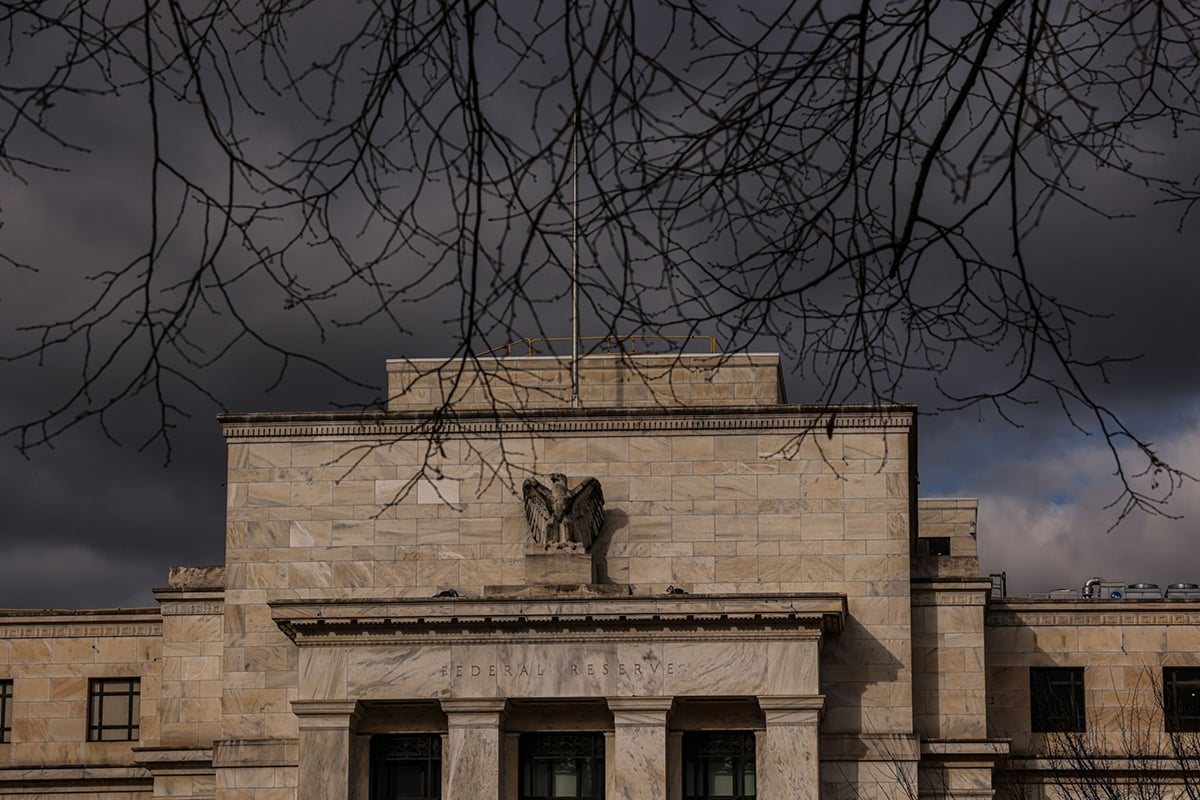At the Federal Reserve, they called it “D-Day”: the day the U.S.hits its debt ceiling.
|According to documents obtained by Republican staffers of theHouse Financial Services Committee, the central bank and TreasuryDepartment held detailed calls and exchanged emails to discuss whatthey would do if the government ran out of borrowing authority topay its bills—a scenario referred to in one instance as“doomsday.”
|The issue of prioritizing government payments was a partisanbone of contention during debt-ceiling debates of 2013. The Obamaadministration publicly contended that choosing who gets paid firstis tantamount to default. Republicans sought assurances that such astrategy could be done, and subpoenas were issued to learn thespecifics.
|The more than 200 pages of internal Fed documents, releasedMonday by the committee on its website, give a detailed window intothe contingency planning by the central bank and Treasury in caseCongress failed to raise the debt limit. In one fictitious scenariodiscussed in a slide presentation dated April 2013, the presidentwould sign a bill into law giving priority to the payment of SocialSecurity, veterans' benefits, and the principal and interest ongovernment debt.
|Later, he would meet with the Treasury secretary and Fedchairman to confirm the central bank would carry out the plan. Allother government obligations would take a back seat, according tothe documents.
|They show Fed officials considering how to proceed if there'snot enough cash to pay the principal and interest on governmentdebt. According to an October 2013 memo for New York Fed PresidentWilliam C. Dudley marked “restricted,” depending on how theTreasury acts and negotiations proceed, the debt would eitherdefault or maturities would have to be extended by one day, thememo said.
|In October, Congress passed a two-year budget plan that extendedthe government's borrowing authority until March 2017. Before thedeal was reached, the Treasury put in place extraordinary measuresto conserve cash and postponed an auction of two-year notes.
|Republicans on the panel said the documents show that the Obamaadministration misled the public about contingency plans duringrecent debt-ceiling showdowns and obstructed a subsequentcongressional probe into the matter. Committee Chairman JebHensarling, a Texas Republican, said the administration “took thenation's creditworthiness and economy hostage in a cynical attemptto create a crisis.”
|Treasury Considers Whether It Can Prioritize SomeBondholders over Others
|In a statement released Monday, a Treasury spokesman said thedepartment has been forced to consider a range of options shouldCongress ever fail to raise the limit. While delaying payments isconsidered the least harmful option, it would still be default, thespokesman said.
|A New York Fed spokeswoman referred to a May 2015 statementciting a March 2015 letter in which the reserve bank's generalcounsel highlighted the information it provided to the committeeand noted it could only release certain documents with Treasuryapproval.
|“It is certainly in the Treasury and the Fed's best interest toinform the public of their ability to prioritize debt payments,”said Lawrence Goodman, president for the Center for FinancialStability in New York. “Communication and transparency would be inthe best interest of markets, especially after a financialcrisis.”
|While the Treasury issues debt and sets fiscal policy, the Fed'srole is to process payments from federal agencies and facilitatesales of Treasury securities on behalf of the government.
|Fed officials appeared to be aware of the political risk ofprioritizing bondholder payments. One email said there could be a“shift in the political strategy” if sentiment grew that the U.S.shouldn't “pay China ahead of veterans or Social Securityrecipients.”
|Lawmakers resolved the 2013 debt standoff on Oct. 16 of thatyear, the day before the government was to exhaust its borrowingauthority.
|Handwritten notes by a New York Fed employee suggested that, ifonly principal and interest on debt were paid, funds could havelasted until at least December, according to the documents.
|–With assistance from Matthew Boesler and Craig Torres.
|Copyright 2018 Bloomberg. All rightsreserved. This material may not be published, broadcast, rewritten,or redistributed.
Complete your profile to continue reading and get FREE access to Treasury & Risk, part of your ALM digital membership.
Your access to unlimited Treasury & Risk content isn’t changing.
Once you are an ALM digital member, you’ll receive:
- Critical Treasury & Risk information including in-depth analysis of treasury and finance best practices, case studies with corporate innovators, informative newsletters, educational webcasts and videos, and resources from industry leaders.
- Exclusive discounts on ALM and Treasury & Risk events.
- Access to other award-winning ALM websites including PropertyCasualty360.com and Law.com.
*May exclude premium content
Already have an account? Sign In
© 2024 ALM Global, LLC, All Rights Reserved. Request academic re-use from www.copyright.com. All other uses, submit a request to [email protected]. For more information visit Asset & Logo Licensing.







